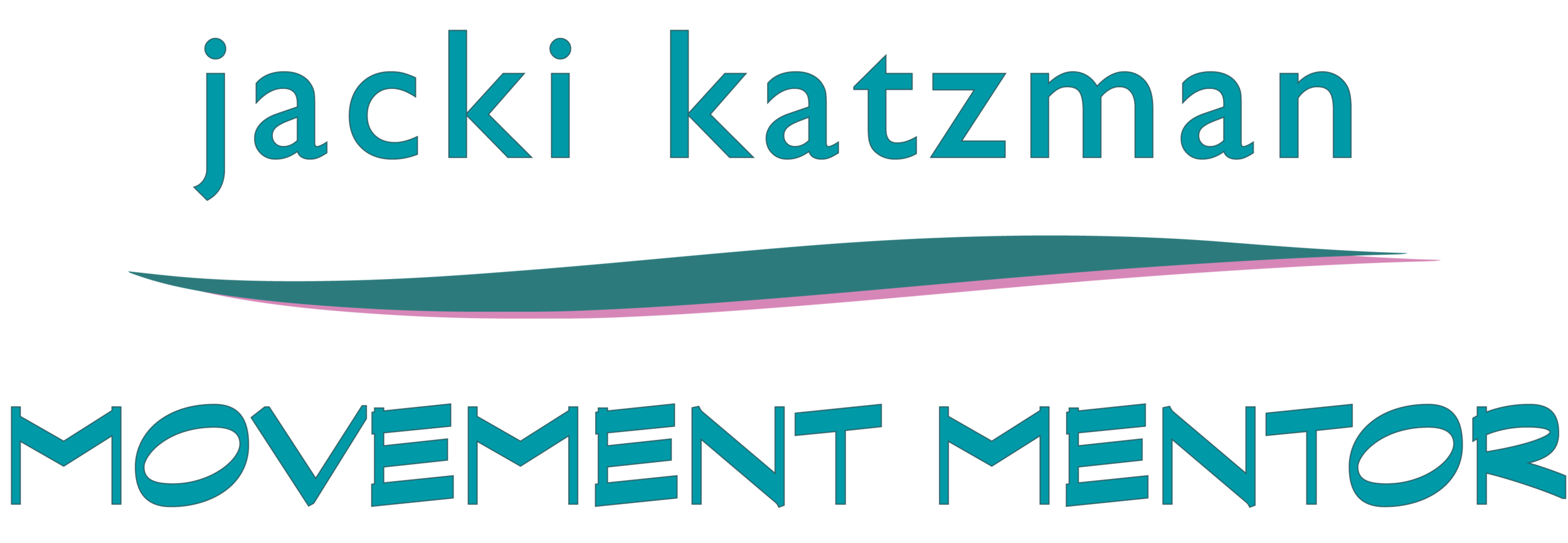Do/Don’t Do
“Learning must be slow and varied in effort until the parasitic efforts are weeded out: then we have little difficulty in acting fast, and powerfully.”
Allowing easy movement
Releasing resistance
By going very slowly, and moving with great gentleness towards ourselves, hidden ‘parasitic’ movements may reveal themselves. And by going slowly and moving with great gentleness towards ourselves, we can begin to release these unnecessary tensions, possibly unraveling whole patterns of deep tension.
Do/Don't Do - Taking It Slow 1 - Knees, Jaws, Eyes
Allowing Movement, Not Resisting Movement
Based on “Knees, Jaws, Eyes” as taught by Al Wadleigh, GCFP®
Tracking the knee movement with the jaw and eyes provides subtle information about the spine’s, shoulders’ and neck’s spinal alignment, and spotlights hidden habits of tension (you’ve created) to keep yourself upright.
This lesson takes you deep into the parasympathetic (relax and digest) state. For some, it disrupts, and relieves, the neural patterns associated with migraines.
How You Might Feel After This Lesson: Deeply Relaxed; Sensitive to Connections between eyes, jaw, neck, shoulders, pelvis and knees; Able to allow movement to flow unimpeded through the whole body; Enjoy NOT doing to do.
Set Up:
Lying supine on a mat with bent knees
OR seated on a flat-bottom chair, knees level with hips
Do/Don't Do - Taking It Slow - 2 - Spine In, Spine Out, No Conflict
Allowing Movement, Not Resisting Movement
Based on “Liberating your Neck and Jaw - 3 Connecting Your Spine” by David Zemach Berson
The point is to notice when, if, when, we are fighting ourselves - and STOP. Into this we tune.
Lying on one side, then the other, or sitting with ribs against the back of a chair, we will work our way up and down the spine, allowing one vertebra at a time to release outward. The lesson develops with letting the spine curl forward into an arched back - contrasts to see. Many variations of head and eyes and tongue to add complexity to the simplicity.
Set Up:
Lying on the side, with support under your head so that your chin and breastbone are on the same plane. People with back sensitivities might want to place a roll between the legs to simulate easy standing.
OR seated on a flat-bottom chair with a back, knees level with hips, leaning your side ribs against the back of the chair
Do/Don't Do - Taking It Slow - 3 - Spine Turn from Above, Spine Turn From Below
Allowing Movement, Not Resisting Movement
Based on AY 110 by Moshe Feldenkrais
This is a supine, lying on back lesson. With heads turned to one side, and held in place with hands on the forehead, we move through different ways of moving the pelvis to bring awareness to the way the thoracic spine accepts twisting. Blocks are we finding? Blind spots? Good! And we look for ease.
Set Up:
Lying supine on a mat. Support behind the knees might be helpful if you don’t like to lie on the floor with legs long
OR seated on a flat-bottom chair with a back, knees level with hips. A folded towel might be helpful for padding sit bones as one hip lifts
Tine has it all connected
Do/Don't Do - Taking It Slow - 4 - Spine Side to Side
Allowing Movement, Not Resisting Movement
Based on Pressing Ribs from Alan Questel
In keeping with the theme of ‘moving just one vertebra” we will lie on our sides and practice lifting just one vertebra - and its associated ribs - towards the ceiling and the floor. The focus will be on the spine, and where the ribs meet the sternum.
We tune in to notice when, if, when, we are fighting ourselves - and STOP.
Set Up:
Side Lying on a mat, with enough ‘cheek’ support so that your nose is parallel to your sternum, and your chin is neither cocked toward the ceiling or jamming into your neck. A rolled towel or bolster between the legs will keep your low back relaxed. This is a one-sided lesson, so choose your most comfortable side!
OR seated sideways on a flat-bottom chair with a back, knees level with hips. A folded towel might be helpful for leveling the knees and hips, and to sit on for comfort. Just nothing too soft - you will lose the ‘mirror’ of the chair.
Our inspiration - a Break Dancer spirals from a back spin to standing





